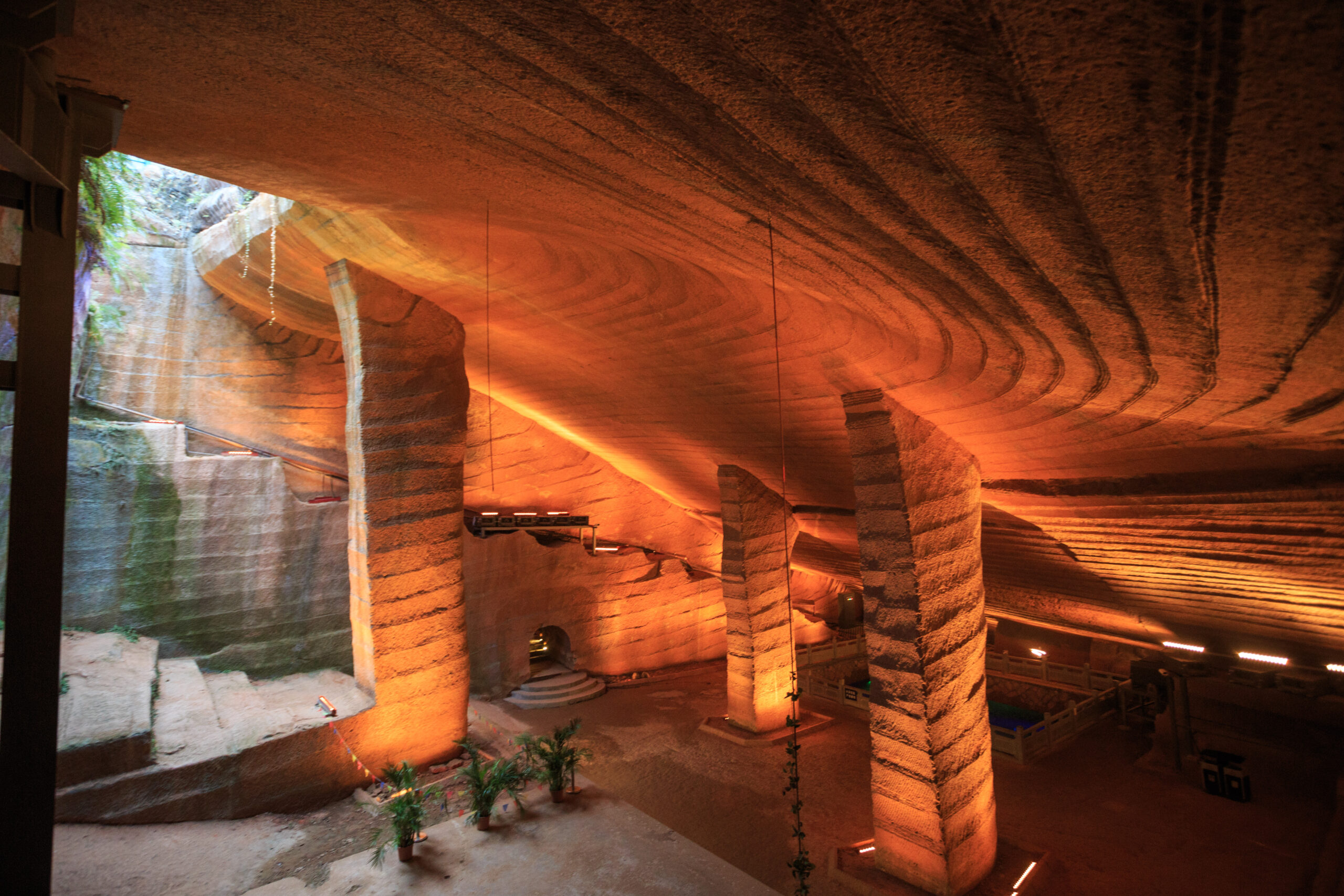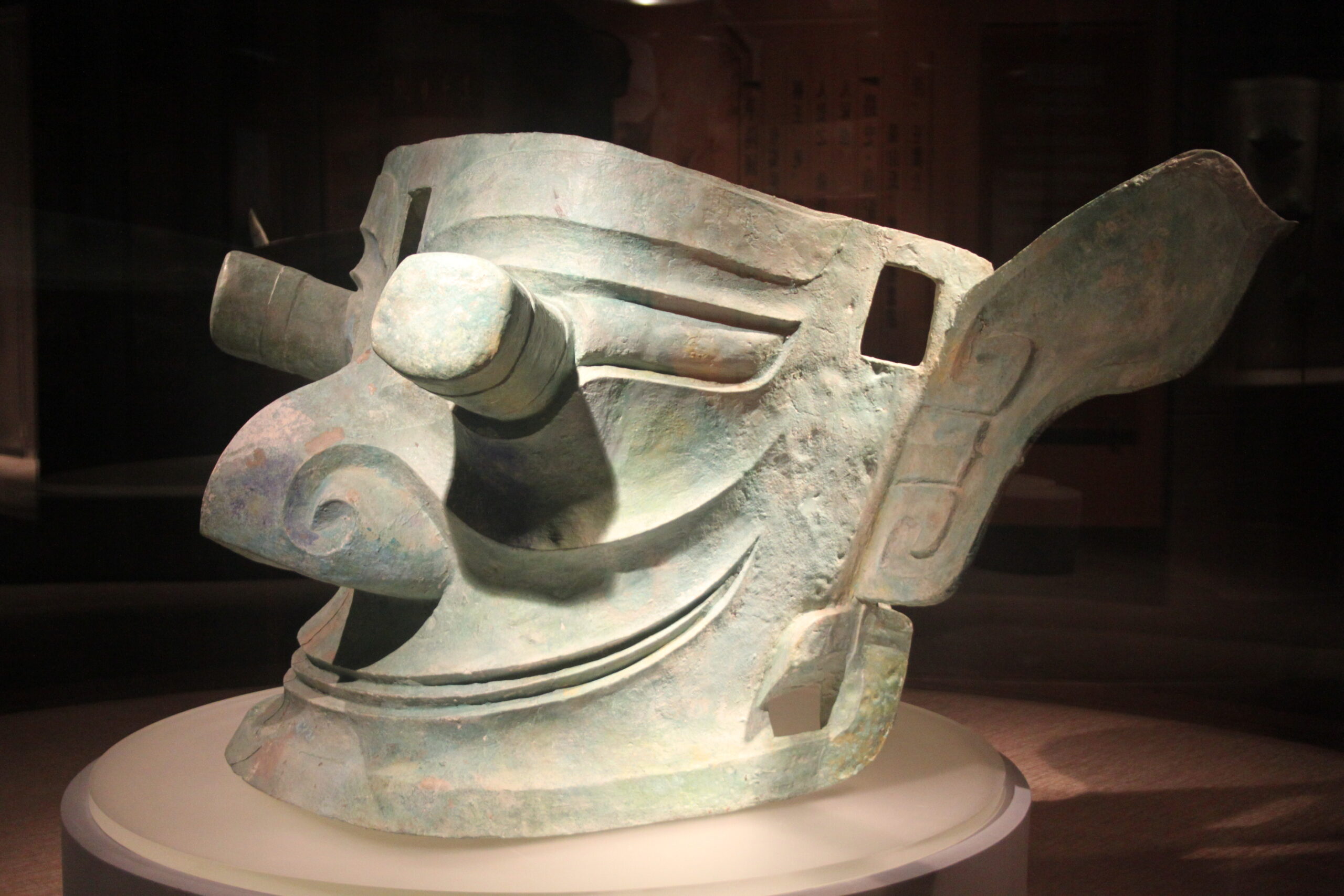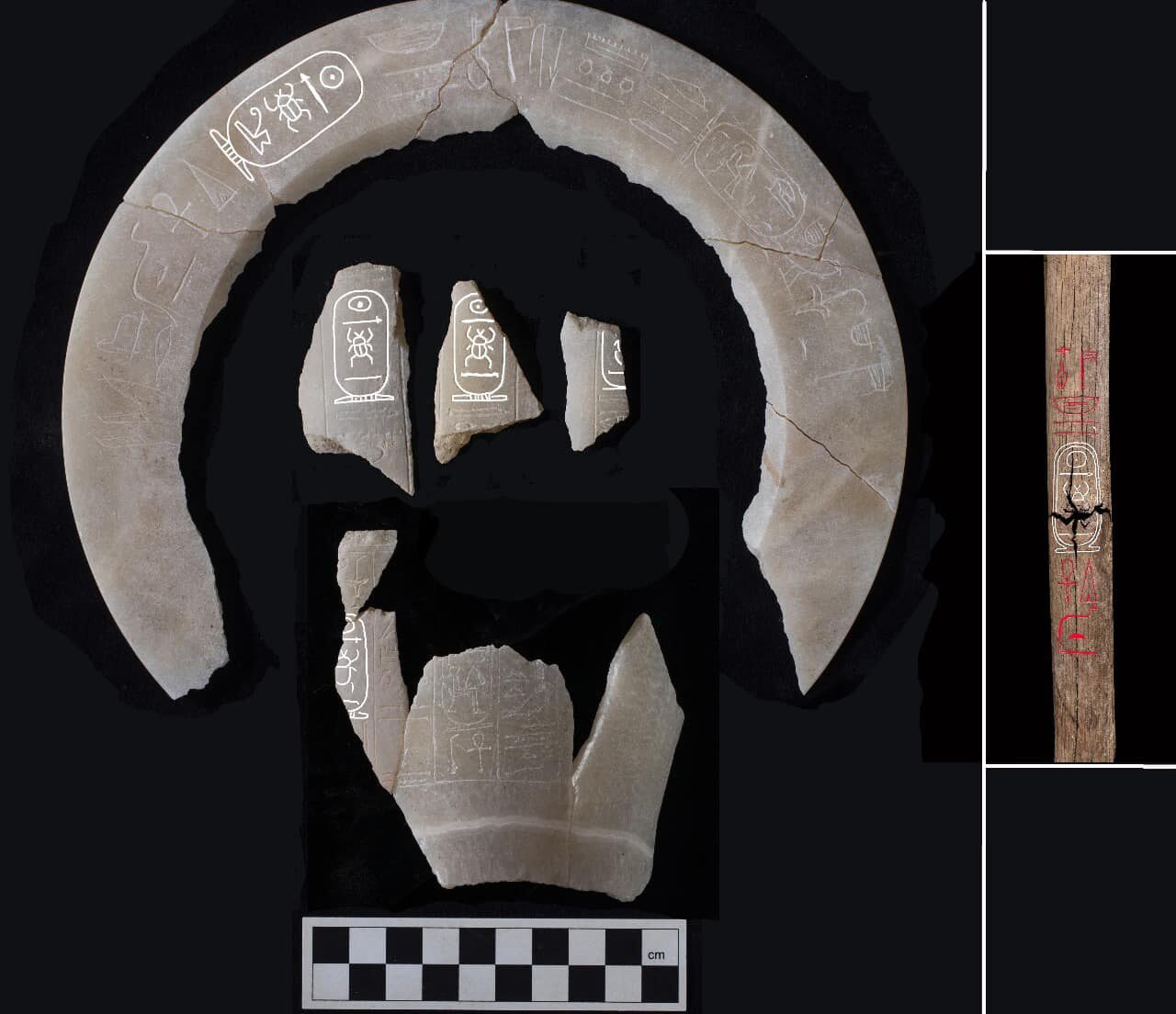
Located on Java’s central plains, Borobudur ranks among the world’s most complex Buddhist monuments, showcasing advanced construction techniques from its era. Built in the 9th century AD by the Sailendra dynasty of Indonesia, this stone structure covers 2,700 square feet across nine levels, featuring 2,672 relief panels and 504 Buddha statues. Abandoned by the 11th century, it remained buried under volcanic ash and vegetation until its rediscovery in 1814, prompting ongoing analysis of its purpose and construction methods. Borobudur remains a significant example of architectural skill and an unresolved historical question, attracting researchers and visitors alike.
Borobudur’s Construction on Java

Borobudur was established between 780 and 850 AD near Magelang in central Java, under the Sailendra dynasty’s governance. Local tradition attributes its design to an architect named Gunadharma, though no historical records confirm this claim. Builders utilized 55,000 cubic meters of andesite stone sourced from nearby rivers, forming a stepped pyramid without mortar by using tongue-and-groove joints to interlock the blocks. Its foundation measures 400 feet per side, supporting six square terraces, three circular platforms, and a central stupa rising 115 feet.
The site lies within an agricultural region flanked by volcanoes, including Merapi 17 miles north, possibly selected for practical or symbolic reasons. However, no contemporary documents specify its inception date or planning process; only the stone structure itself survives. This absence of records fuels debate about its location and initial intent, given Borobudur’s extensive scale suggests a significant undertaking interrupted by later events.
A People of Stone and Faith
The Sailendra dynasty governed Java from approximately 760 to 860 AD, overseeing Borobudur’s creation during a period of strong Buddhist influence in the region. They integrated Indian Gupta architectural elements with indigenous Javanese styles, evident in nearby sites like Ratu Boko, located 20 miles south. As traders, they connected India, China, and Sumatra, exchanging spices and gold, which provided the economic foundation for this temple’s development. Their adherence to Mahayana Buddhism emphasized a structured path to enlightenment.
These people inhabited a tropical environment rich in rice fields and waterways, employing bronze tools and stone chisels for their work. Borobudur’s relief panels depict kings, monks, and maritime scenes, reflecting their societal structure and craftsmanship. Yet their dominance waned by 1000 AD, as volcanic activity and the spread of Islam diminished their presence, leaving Borobudur unused and eventually concealed.
Layers of Purpose and Design
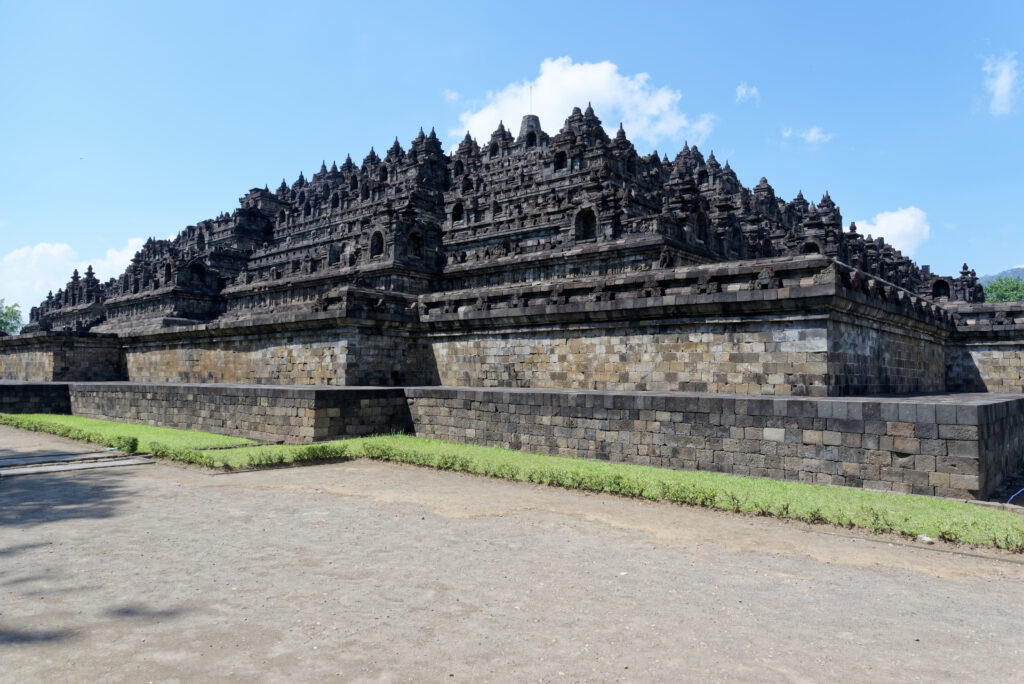
Borobudur’s layout mirrors Buddhist cosmology, organizing its nine levels into a progression toward Nirvana. The square base, termed Kamadhatu, contains reliefs illustrating earthly desires like lust and labor. Six square terraces, known as Rupadhatu, ascend with narratives of Buddha’s lives, intended to instruct pilgrims. Three circular platforms, Arupadhatu, support 72 latticed stupas housing Buddha statues, representing formless truth, with a plain central stupa symbolizing ultimate enlightenment.
This arrangement indicates a pilgrimage function, as visitors traverse 3 miles of panels in a clockwise spiral. Yet its complexity raises questions—did religious or political leaders commission it? No inscriptions clarify its objective; interpretations range from a cosmological diagram to a dynastic assertion. Its detailed reliefs and statues integrate spiritual and authoritative elements, complicating efforts to define its role.
Borobudur’s Craft in Stone and Sweat
Constructing Borobudur required decades of labor; estimates suggest 75 years and 10,000 workers. Andesite blocks, sourced from riverbeds, were stacked without cement, relying on carved pins for stability. Reliefs covering 6,500 square feet depict ships, elephants, and monks across 2,672 panels, etched with chisels. The top levels feature 72 hollow stupas and 504 Buddha statues, each in a lotus pose within latticed bells.
Workers transported stone 5 miles and elevated the hill base 50 feet using manual effort—no wheels or pulleys assisted. Drainage channels built into the terraces manage rainfall, preventing structural damage over time. This engineering reflects Sailendra expertise, preserving the monument through centuries of exposure.
A Silent Fall and Rediscovery

Borobudur’s use ended by 1000 AD, likely due to ash from Merapi burying its lower levels. By 1200 AD, Islam gained traction in Java, shifting focus to mosques as vegetation overgrew the temple. It remained concealed for 800 years—known locally as a hill—until 1814, when Thomas Stamford Raffles, Java’s British governor, ordered H.C. Cornelius to excavate it. By 1817, their efforts exposed its full form.
That rediscovery drew attention, though Dutch colonial oversight allowed some looting of reliefs. Earthquakes, including Merapi’s 1872 eruption, loosened stones over time. UNESCO’s restoration from 1973 to 1983, costing $25 million, reassembled 1 million stones, earning it World Heritage status in 1991.
Beyond Buddhism’s Reach
Borobudur aligns with broader Buddhist architecture, such as India’s Sanchi Stupa from 300 BC and Java’s Sewu from the 8th century AD, sharing a mandala layout. Yet its scale sets it apart—no contemporary structure rivals its 2,672 reliefs or 504 statues. Sailendra trade connections introduced Gupta influences like curved Buddhas, while Javanese additions include local ships and palms, suggesting a blend of external and regional input.
Today, it attracts 1.7 million visitors annually, who explore its tiers, alongside researchers using X-rays to study hidden flaws. Despite this, its original intent remains elusive, balancing mastery with unanswered historical questions.
Borobudur’s Reach Through Time
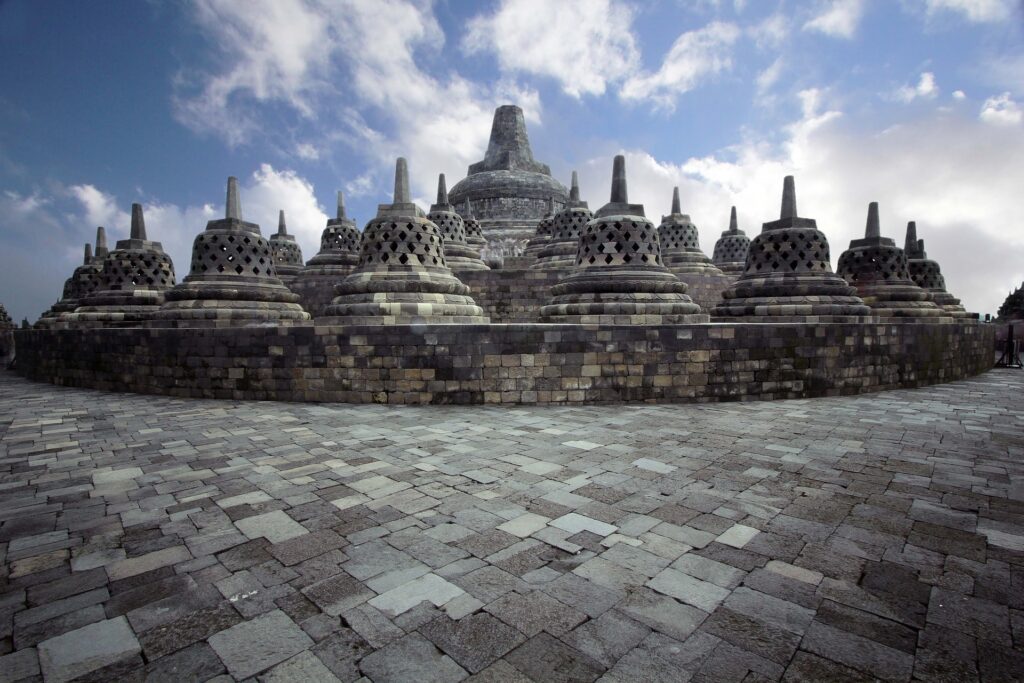
Borobudur endured as Arabs captured Baghdad in 762 AD and Vikings raided Europe by 800 AD. By 1492, Columbus sailed while it lay dormant; Raffles revived it in 1814. Its stones withstood Dutch, Japanese, and Indonesian rule—a silent marker across eras.
It now serves pilgrims and scholars—reliefs outline Buddha’s teachings, yet its full scope stays unclear. Photographs capture its levels, but its significance lies in construction rather than explanation. This sustained presence connects it to a distant historical framework.
Threads Yet to Unravel
Borobudur’s intent lacks clear definition since no Sailendra records specify its aim—was it a shrine, a dynastic symbol, or a cosmic guide? Reliefs depict faith and daily life with fishers and royals, yet no decipherable key exists. Did volcanic ash or Islam’s rise halt its use, or both? These details remain unconfirmed, with Merapi’s activity posing ongoing risks.
Located near Magelang, Borobudur persists as Java’s ancient question after 1,200 years. This stone structure stands firm, too intricate to dismiss, preserving a historical puzzle too complex for full resolution.

